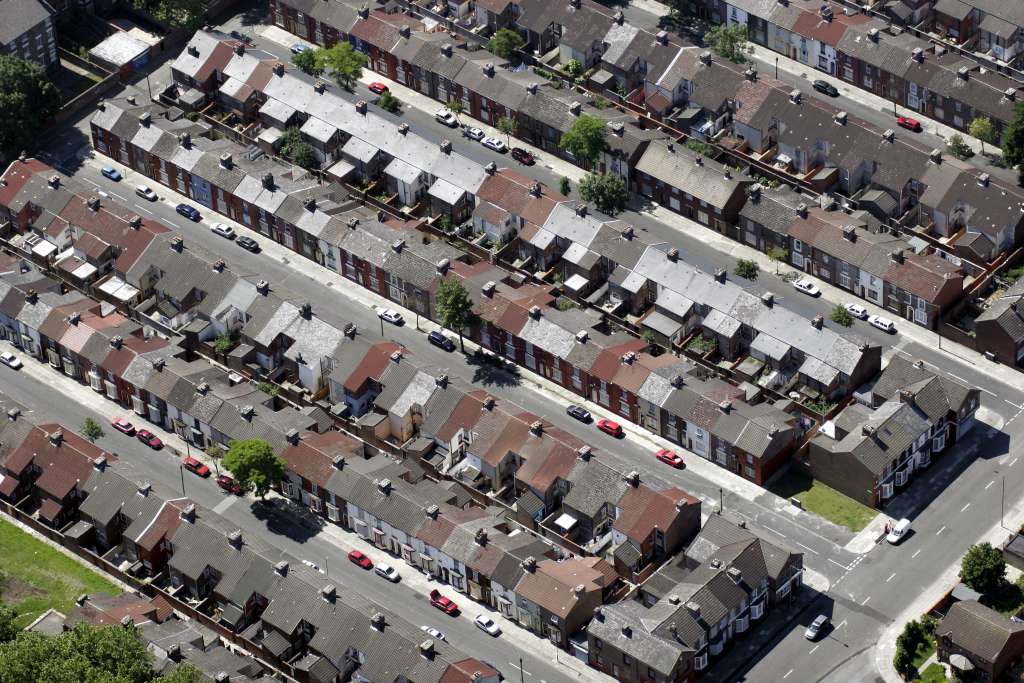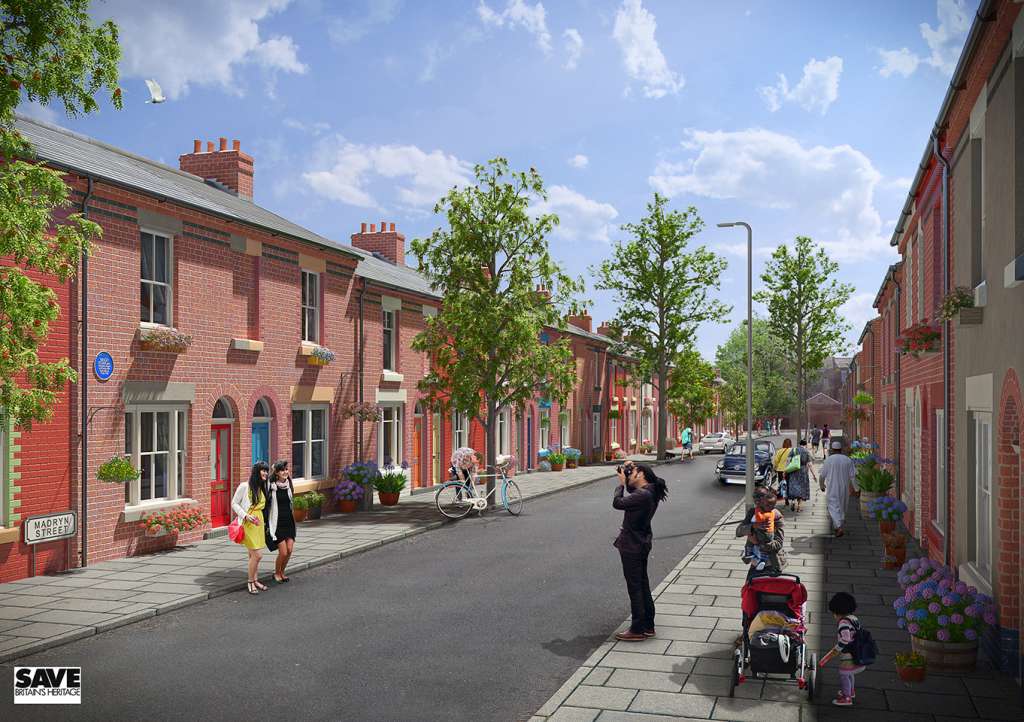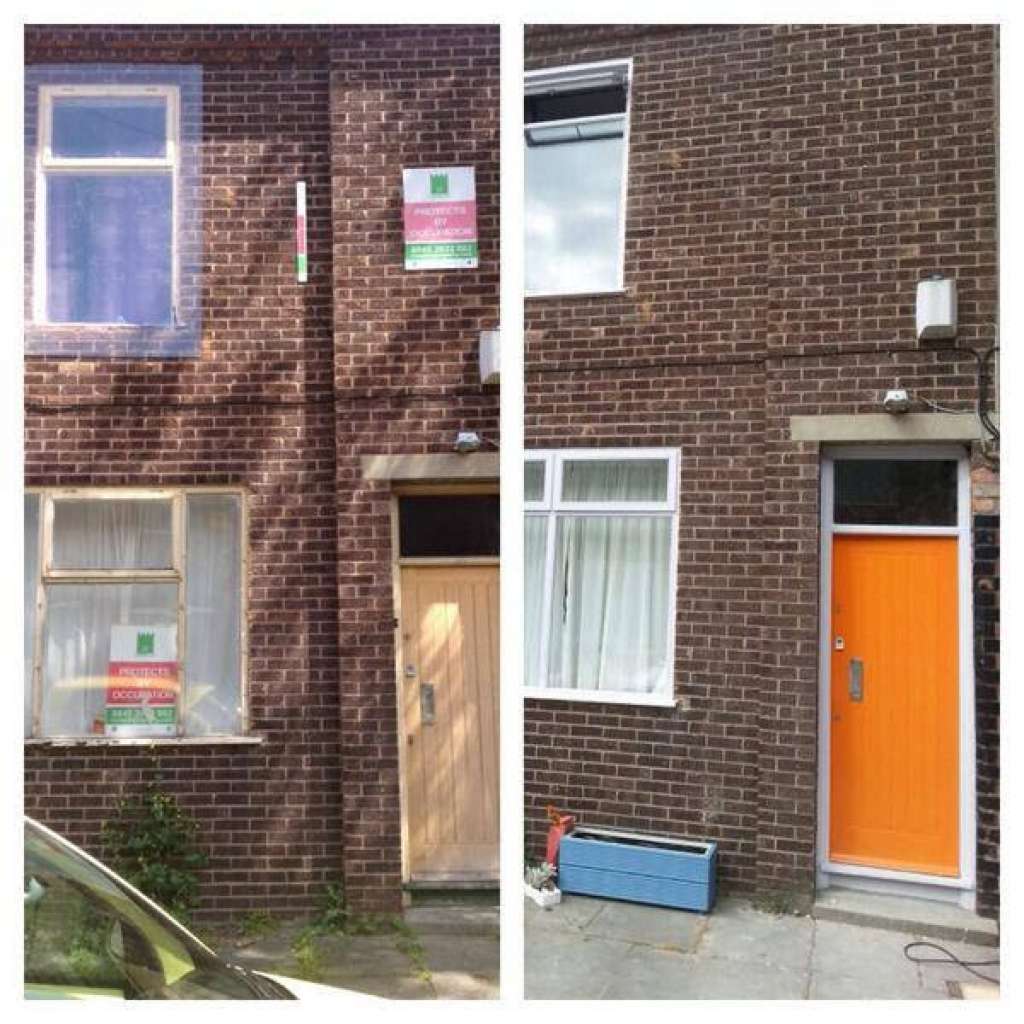Press release: After nearly 12 years of decline and decay, Liverpool City Council invites developer to refurbish the Welsh Streets
29 January 2016
Press release: After nearly 12 years of decline and decay, Liverpool City Council invites developer to refurbish the Welsh Streets – SAVE welcomes the move, but calls for multiple ownership and careful treatment of existing buildings
Liverpool Council has invited Manchester-based developer Place First to put together a plan for the Welsh Streets, Liverpool, a neighbourhood of over 400 terraced houses that has been the site of a major planning battle for over 12 years. The proposal, that has mayoral approval, will be voted on next week.
SAVE notes that no other developers are being put forward as candidates for this scheme, despite the fact that many individuals and organizations have shown interest in the site, and continue to do so.
However, due to Place First’s positive track record, we are cautiously optimistic.
Until now, Liverpool Council, led by Mayor Joe Anderson, has pushed for total demolition of the area, with a recent reprieve for three-storey houses on Kelvin Grove and a stub of 16 homes on Madryn Street, birthplace of Beatles drummer Ringo Starr.
Mass demolition was part of the Pathfinder Housing Policy, introduced by John Prescott, that saw communities and large areas of terraced housing decimated throughout the north of England until the policy was thrown out in 2011 by cross-party consensus. Since then, and following continuing hard lobbying by SAVE, the emphasis of government policy has been switched to bringing empty homes back into use. Now, following the result of the Public Inquiry last year, fought by SAVE, Liverpool Council has changed its policy, having accepted that there was no more grant money forthcoming to subsidise demolition and new build on this scale.
In the Mayor Recommendation it is stated:
“The Welsh Streets are the Council’s key housing regeneration scheme. Whilst the Council’s preferred option for the site has always been large scale demolition, the decisions of the Secretary of State in January 2015 now make that aspiration impossible to achieve in the short to medium term. This proposal provides the Council to test out an alternative, refurbishment led approach to the redevelopment of the Welsh Streets in light of the Secretary of State’s decisions.”
SAVE welcome the abandonment of demolition, but has two major concerns.
Firstly, the Council should be thinking in terms of the long-term future, not short to medium term. To this end, multiple ownerships must be sought, in order to avoid the pitfalls of monopoly landlords imposed in the recent past. In order for a new community to take root and flourish in the long term, mixed tenure would be the most reliable approach, even if it appears more complicated in the short term.
Secondly, the directions given by the Secretary of State in his decision letter regarding the Public Inquiry must be followed and the architectural integrity and significance of the site must be respected. In any refurbishment plans, the architectural details of the individual houses and streets must be retained and restored. Some of our research has revealed the originality of the architectural detail of the streets, some of which has been lost or hidden since the site has been run down. Restoring these details will ensure a sense of variety and liveliness in the streets. One of our witnesses in the Public Inquiry, Dr Gareth Carr, the national expert on the architect of the site, Richard Owens, made an analysis of the subtle architectural hierarchy of the Welsh Streets, in addition to work by Fiona Deaton at Maisna Heritage. We are happy to share our research with Place First.
In addition there are several examples of community engagement in refurbishment in Liverpool, whose experience can be built upon, including the groundbreaking work of the Community Land Trust around the corner in Granby, and Steinbeck Studio’s work there with Assemble, whose designs for empty terraced housing won them the Turner Prize last year.
SAVE bought a terraced house in the centre of the empty site, on Madryn Street, in 2011, in order to demonstrate that the houses make comfortable homes. It has been the home to a young couple for the last five years.
SAVE Director Clem Cecil says: “Bringing this neighbourhood back is no small task. However, Liverpool has shown itself to be at the forefront of imaginative and groundbreaking ways of bringing empty terraces back into use and we'd like to see that in action here. This is a new era for the Welsh Streets and it is essential that all stakeholders are consulted with including those that have always been against demolition.”
Jonathan Brown of Merseyside Civic Society, who has campaigned for communities in terraced streets says: “It’s very welcome that the Welsh Streets are now recognised as having a future. Manchester’s Place First seem to have a good track-record and we’ll be urging them to make sure local people eventually get these houses back, through rent-to-buy and affordable ownership, as well as private market rent.”
For more information and images please contact the SAVE office on 0207 253 3500 or office@savebritainsheritage.org
Notes to Editors:
SAVE Britain’s Heritage has been campaigning for historic buildings since its formation in 1975 by a group of architects, journalists and planners. It is a strong, independent voice in conservation, free to respond rapidly to emergencies and to speak out loud for the historic built environment.
SAVE Britain’s Heritage, 70 Cowcross Street, London EC1M 6EJ
Registered Charity 269129
Tel. 020 7253 3500 Email office@savebritainsheritage.org
Follow SAVE on Twitter: @SAVEBrit
Donate to SAVE via Justgiving



